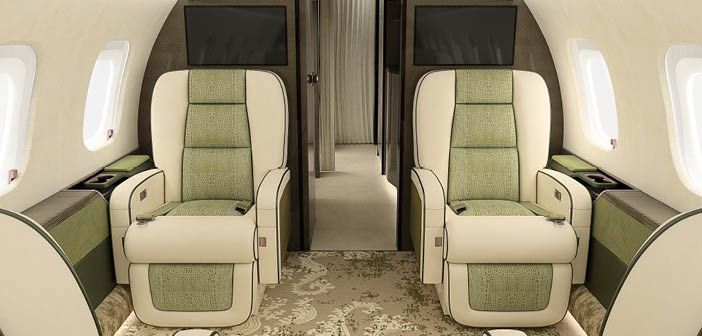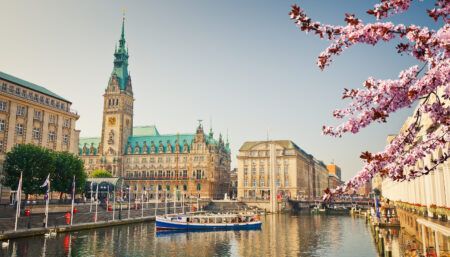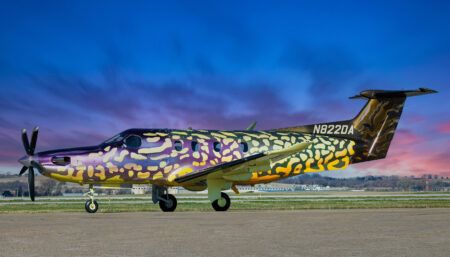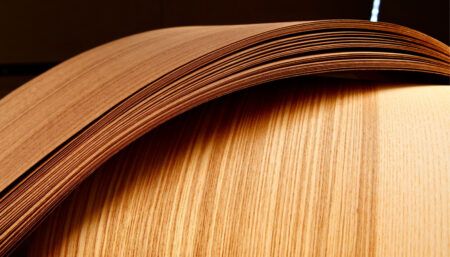In the first part of this story, Flying Colours Corp revealed all about the design of a landmark Bombardier Global Express project combining custom elements designed in-house, and pre-engineered components from Inairvation. Now the refurbishment is in full flow, Tony Barrett, vice president of completions and modifications at Flying Colours Corp, gives an insight in to the engineering.
 What stage is the project at now?
What stage is the project at now?
All engineering has been completed and reviews are underway. We are also compiling reports to support the issuance of STCs. We are almost complete in terms of the infrastructure, with the new wire harness installation being the major portion of the work in this part of the process. The interior installation of monuments, seats and other elements has begun.
What progress has been made on the custom elements you are engineering?
Flying Colours Corp has designed all the integration of the nice HD CMS/IFE system components – in addition to the new LED lighting system – into the cabin monuments. The galley, bulkheads, PSUs and so on all required significant modifications to accept the new components that are being added to the aircraft. The ATG 5000 Gogo system has been designed and installed too. The new Global 6000 custom seat frames have arrived and are currently being upholstered to match the customization requirements of the client.
 Has the carbon fiber/fiberglass twill blend been as challenging as expected?
Has the carbon fiber/fiberglass twill blend been as challenging as expected?
The carbon fiber pattern alignment is the most challenging aspect. This has proved to be more of a consideration on a monument with many parts, for example, a galley cabinet. The fact that there are so many drawer faces and other sections means that we have a lot of work to make sure that everything aligns in the correct manner. Our team are experienced at doing this with wood veneers so it’s a matter of transferring those skills to a new material like the carbon fiber material. We have already worked with carbon fiber so are used to the challenge of that; this pattern just added an extra dimension.
Are you testing/certifying any new-to-aviation materials for this aircraft?
We haven’t had to certify any new-to-aircraft materials for this project. We have used the carbon fiber successfully in a number of ways on previous refurbishments, so we have a very good understanding of what the certification requirements are and all that it entails to secure them.
What other challenges have you overcome, and what are you working on now?
The flammability certification has been a challenge on this project. On this particular classic Bombardier Global Express model, many of the monuments, sidewalls and other cabin elements are manufactured from materials that may not be readily available today. Where matching flammability coupons cannot be sourced, we have had to generate representative coupons and have them approved as acceptable for the required testing.
The Inairvation sideledges have many new features in this complex new design. This has added to the flammability test count as we had to make sure all items were covered. On this refurbished interior we have had to conduct about 50 burn tests, as well as a further 40 for the Inairvation sideledge units.
Are there any technical areas that are of particular importance on this project?
As this is our first classic Global Express that incorporates wi-fi, one remaining task is to complete a Testing Personal Electronic Devices (TPED) test on the whole aircraft. We have completed this work on other aircraft types, but the first of each type must be completed before it can be certified. This test ensures that the basic aircraft and its essential systems are not susceptible to any wi-fi or cell phone signal interference. It is an important point when bringing connectivity to an aircraft without wi-fi capability.
Are there challenges unique to this airframe?
We have not experienced any challenges on this project as we have worked on many projects involving the Global Express airframe, both in terms of disassembling and refurbishing them. We are familiar with the model, which is a major advantage for this refurbishment.
Have any tweaks been made to the original design, and if so, why?
There have only been very minor tweaks to component placement, because of conflicts with other items. There were very few tweaks, owing to a detailed onboard audit during the design phase.
 Have the Inairvation components been delivered?
Have the Inairvation components been delivered?
The components arrived on February 1, 2017, and the software will be delivered by the end of February.
How has Inairvation’s pre-engineered and cooperative approach benefitted the project?
Inairvation has been very easy to work with in all aspects. We have communicated regularly with them, and all the groups involved, as the project has progressed. This constant communication is needed to progress the project. When such an innovative project as this takes place, involving many new elements and new partners, it is important to ensure that everybody has a common understanding of what is happening.
The cooperation has benefited the project by ensuring we can fulfill the customer’s expectations within the time scale and budget requested. That’s important for all parties.
Has Inairvation’s involvement entailed a different process from your point of view?
Yes; we are used to working very much internally and communicating with our own teams and our regular suppliers. This is a departure for us so we had to create some new communication processes to make sure we stayed on top of the project.
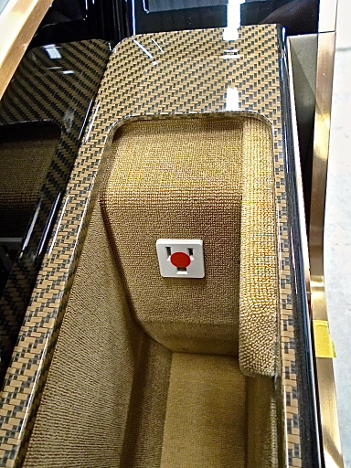 What happens next?
What happens next?
We are in the process of installing the refurbished and new interior components. The next step will be function testing the components with the new nice CMS system. This will be the largest testing phase to ensure all the functionality is there and works as expected. Then by the end of March 2017 we will be able to redeliver the refurbished aircraft to the customer.
Click here to read the first part of this story, where Kate Ahrens, Flying Colours Corp’s vice president of design, reveals all about the design of the aircraft


